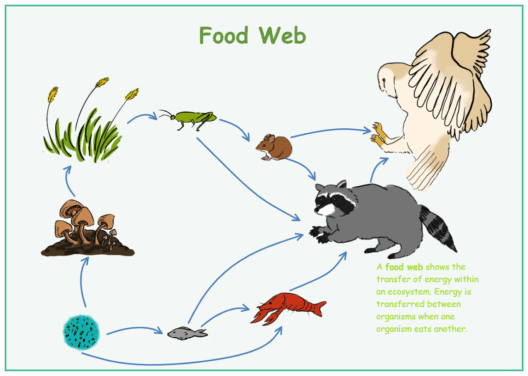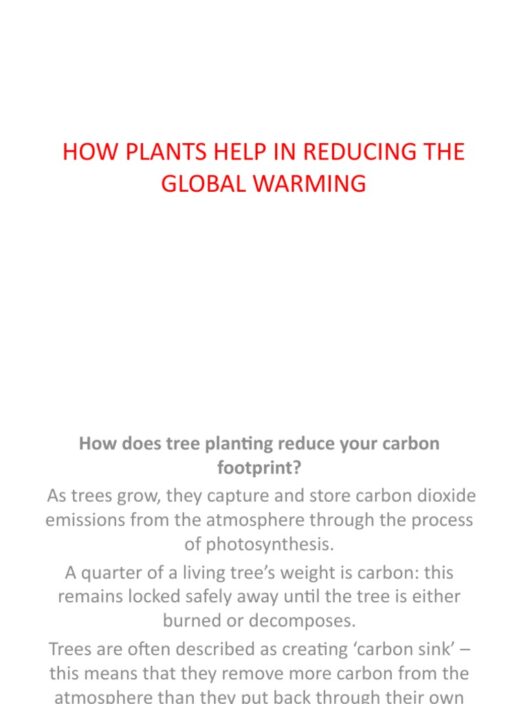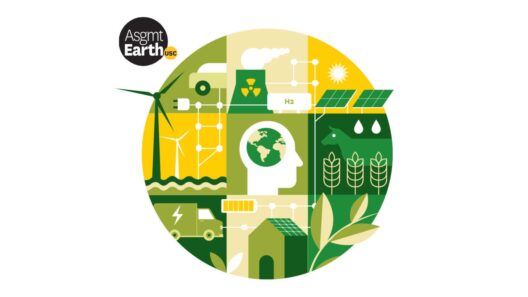Climate is a complex tapestry woven from a myriad of influential factors, each thread representing an element of our planet’s environmental fabric. These threads are interlaced in diverse ways — from the gentle whispers of ocean currents to the imposing silhouettes of mountain ranges. This multifaceted interplay of influence dictates weather patterns, seasonal shifts, and the broader climate of entire regions. Understanding these elements is crucial not only for scientific discourse but also for fostering a deeper appreciation of our environment.
One of the most significant contributors to climate is the ocean. Oceans cover over 70% of the Earth’s surface, acting as vast reservoirs of heat. They absorb solar radiation and redistribute warmth through currents, much like a well-tuned engine circulating oil. The Gulf Stream, for instance, is a pivotal warm ocean current that influences the climate of regions, such as Western Europe. Without the temperate embrace of the Gulf Stream, places like the United Kingdom would likely be significantly chillier.
Temperature gradients on the ocean’s surface play a critical role in atmospheric circulation. Where the water is warmer, it evaporates, sending moisture into the atmosphere — this is the genesis of weather. The interactions between warm, moist air from the oceans and cooler air masses create dynamic storm systems. Conversely, cold water can suppress evaporation and lead to arid regions, as seen off the coast of Peru, where the cold Humboldt Current contributes to the Atacama Desert’s desiccation.
Moving inland, the topography of the earth introduces further complexity. Mountain ranges act as formidable barriers against atmospheric rhythms. When moist air ascends over a mountain range, it cools and condenses, leading to precipitation on the windward side, creating lush ecosystems. The leeward side, however, remains parched, a phenomenon known as a rain shadow. The Cascade Range in the Pacific Northwest of the United States exemplifies this dichotomy; it nurtures a temperate rainforest while casting a dry spell over the eastern valleys.
Moreover, elevation itself shapes climate. The higher one ascends into the atmosphere, the cooler and less dense the air becomes. Each rise in altitude can lower temperatures by approximately 6.5 degrees Celsius per kilometer. This effect is why the summit of Mount Everest, cloaked in permanent snow, stands in stark contrast to the lush valleys below. Additionally, this elevation gradient must be taken into account when evaluating vegetation zones, as flora adapts uniquely to each ecological niche created by altitude variations.
The interplay between land and ocean does not stop at mountains. Coastal areas serve as transitional zones, where maritime and terrestrial influences blend. Sea breezes carry moist air inland, moderating temperatures and augmenting precipitation in coastal areas. This coastal climate is vital for agriculture and habitation. The Mediterranean region serves as a prime example, where the confluence of sea and land produces favorable growing conditions, fostering the thriving agriculture for which the area is renowned.
Atmospheric phenomena also exert a profound influence on climate. The jet streams, narrow bands of strong winds located in the upper atmosphere, dictate weather patterns across the globe. These rivers of air can shift frequently, altering storm paths, climatic conditions, and precipitation distribution. The North Atlantic Oscillation and the El Niño Southern Oscillation are compelling examples of how atmospheric variations can produce far-reaching effects, sometimes transforming agricultural cycles or contributing to hurricane development.
Furthermore, the presence of vegetation shapes local climates significantly. Forests, grasslands, and deserts each have unique interactions with their climate. Forests, for example, transpire vast amounts of moisture, fostering higher humidity and cooler temperatures in their vicinity. In contrast, urban areas often experience the urban heat island effect, where concrete and asphalt absorb and retain heat, creating localized warm zones amidst cooler rural surroundings.
Human activities also play an increasingly pivotal role in influencing climate. The proliferation of greenhouse gases from industry, deforestation, and burning fossil fuels has altered the atmospheric composition, enhancing the greenhouse effect and driving climate change. This anthropogenic shift has far-reaching consequences, threatening ecosystems and human societies alike. As habitats change and extreme weather events become more prevalent, understanding the interrelationships among climate factors becomes even more vital.
Lastly, the temporal dimension must not be overlooked. Climate is not a static entity; it is the result of long-term trends and short-term variations interacting in complex patterns. Seasonal changes, dictated by the tilt of the Earth and its orbit around the sun, lead to cycles of warmth and cold, significant shifts in regional climates throughout the year.
In conclusion, the factors influencing climate are as varied as the landscapes they shape. From the captivating dance of ocean currents to the steadfast majesty of mountains, every element interconnects, weaving a narrative of environmental change. Recognizing these intricate relationships is fundamental to understanding our climate’s behavior and its future trajectory. As stewards of the Earth, our role is to respect this delicate balance and to advocate for sustainable practices that honor the intricate web of life within which we all exist.







